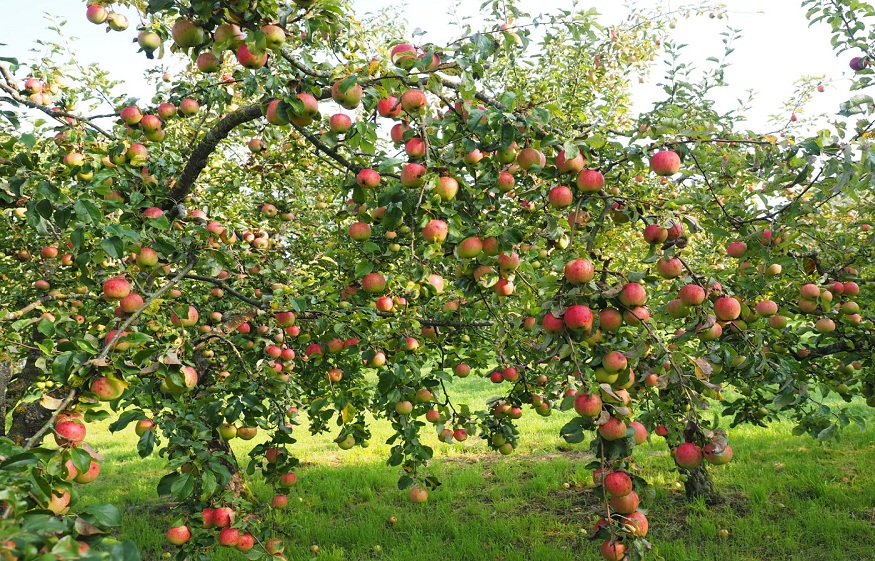Figure out how to develop sound, flourishing organic product trees by applying a little skill and a little work.
An apple tree developing at the lower part of a nursery, or close to your gazebo or deck, is a beneficial, simple-to-really focus on organic product trees that will keep going for a long time. Where space is restricted or you need a more proper impact, consider espaliering a natural product tree against a divider or fence. In any case, ensure you will have the opportunity to prepare and prune it in summer and winter.
The most essential type of espalier is the cordon, which is prepared as a solitary stem, growing either in an upward direction, on a level plane, slantingly, or in a serpentine example. Apples, pears, and red currants are famous subjects for cordons, and they are frequently filled in lines. An organic product tree can likewise be espaliered as a palmette, with a focal stem and layered horizontals. This requires more space than a cordon and earns enough to pay the rent for a bright divider or fence.
To look over the huge range of apple assortments accessible, go to a couple of apple tastings in the fall and make a few notes. Get some information about putting away characteristics on the off chance that you are probably going to Buy Fruit Trees. For a tree to prove to be fruitful, its blooms should be pollinated, either with its own dust or with that from another assortment of similar species. Apples and pears and a few assortments of cherry and plum will require diverse dust for a viable assortment, so you may need to purchase more than one assortment, most natural product indexes will list which assortments are viable. At long last, check with your natural product provider that the root supply of the plant is appropriate for your site, and choose how you expect to prepare the tree.
Buy Fruit Trees
For the best selection of assortments, it merits utilizing an organic product-trained professional. They will in general sell youthful, uncovered established trees that need some underlying preparation. These woods not exclusively are more affordable than the prepared compartment grown ones, however, will set up more rapidly. You might be offered one to two-year-old trees, or a “padded lady”, a one-year-old tree with side shots prepared for preparing. The sorts of rootstock that a nursery uses will influence the life and last size of the tree, so ask which one is best for your circumstance. For instance, very bantam rootstocks sound enticing yet they need top-quality soil and conditions.
Supportive Tips
A radiant, shielded site and damp, marginally corrosive soil are ideal for a most natural product, yet apples are more lenient than other organic product trees. A radiant fence or divider gives a promising site to espaliers. Spring ice can harm blooms, which decreases editing, so cite early-blooming trees from ice pockets. When planting, keep the joint association well over the ground or the worth of the rootstock will be lost. Mulch the ground to keep it small, free and clammy. When the tree arrives at blooming size, feed it each spring with decent compost.
The compensations of growing an organic product tree and getting a charge out of the natural product it produces are something a genuine groundskeeper can appreciate. It is awesome to have the option to impart your abundance to companions and neighbors. It may even motivate some innovative cooking plans. Try not to preclude having your organic product tree as a component of your general open-air plan. This is particularly obvious if you place it near some kind of material gazebo






More Stories
The Common Causes of Water Leaks in Air Conditioners
Versatile and Functional: Multi-Purpose Sitting Stools for Every Room
The most impressive things about the MDF architraves for sale online